
Features of Synchronous || Register and Counters || Bcis Notes
Features of Synchronous Features of Synchronous are as follows. construction is very simple in design. All the flip-flops are interconnected and will be driven by […]

Features of Synchronous Features of Synchronous are as follows. construction is very simple in design. All the flip-flops are interconnected and will be driven by […]
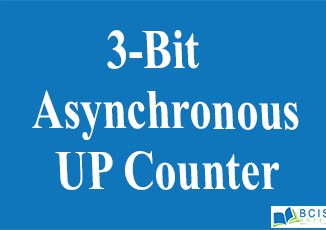
3-Bit Asynchronous UP Counter A 3-bit asynchronous binary counter is shown below. The basic operation is the same as that of the 2-bit asynchronous counter. […]
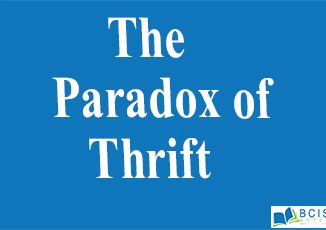
Paradox of Thrift The paradox of thrift refers to contrasting implications of savings to households and to the economy as a whole. Saving is treated […]

Saving Function Meaning of Saving. Saving is defined as the excess of income over consumption expenditure. Various economists have defined saving in different ways. Robertson […]

Types Of Counter The main purpose of the counter is to record the number of occurrence of some input. There are many types of counter […]
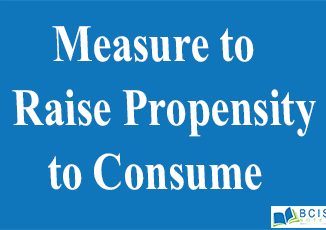
Measure to Raise Propensity to Consume The following measure to raise the propensity to consume in the long period: 1. Income Redistribution: The propensity to […]

Serial In – Serial Out SISO – Definition A shift register is a digital memory circuit found in calculators, computers and data-processing systems. Bits enter […]

Factor Affecting Consumption Function Factor affecting consumption function is as follows: 1. Subjective Factors: Keynes states that the subjective factors which determine the slope and […]
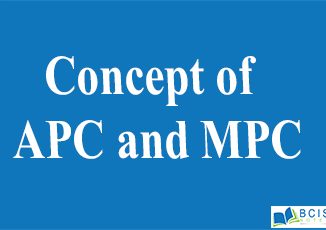
Concept of APC and MPC The consumption function has two technical attributes or properties. They are APC and MPC. Average Propensity to Consume (APC) The […]

Parallel In Serial Out Parallel In Serial Out(PISO) PISO stands for the Parallel Input to Serial Output. The PISO shift register acts in the opposite […]

Keynes’ Psychological Law of Consumption Function Keynes’ Psychological Law of Consumption Function was proposed by J.M Keynes which forms the basis of the consumption function. […]
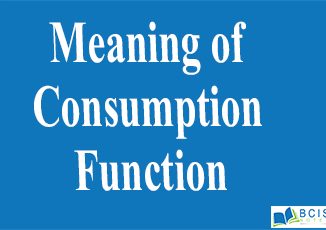
Meaning of Consumption Function Consumption is defined as an act of spending income on buying goods and services to satisfy current wants. In other words, […]
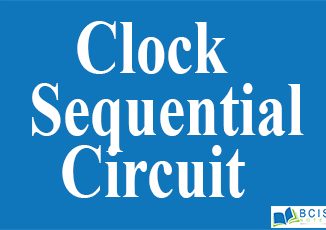
Clock Sequential Circuit The behavior of a clock sequential circuit is determined from its inputs, outputs, and state of the flip-flops. The clock signal plays […]

J-K Flip-flop And T-Flip-flop J-K Flip-flop And T-Flip-flop both are the types of flip-flops. J-K flip-flop is basically a gated S-R flip-flop with the addition […]
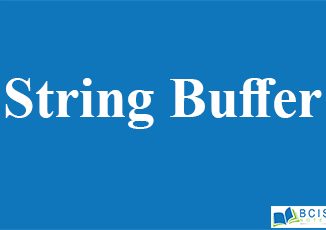
String Buffer String Buffer The String Buffer class is used to create a mutable string. It is same as String class except it is mutable […]
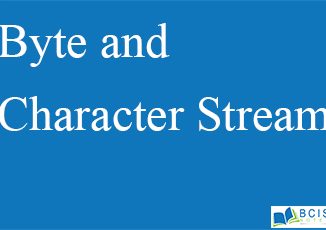
Byte and Character Streams Byte and Character Streams are described below:- The java.io package contains nearly every class you might ever need to perform input […]
Copyright © 2025 | WordPress Theme by MH Themes